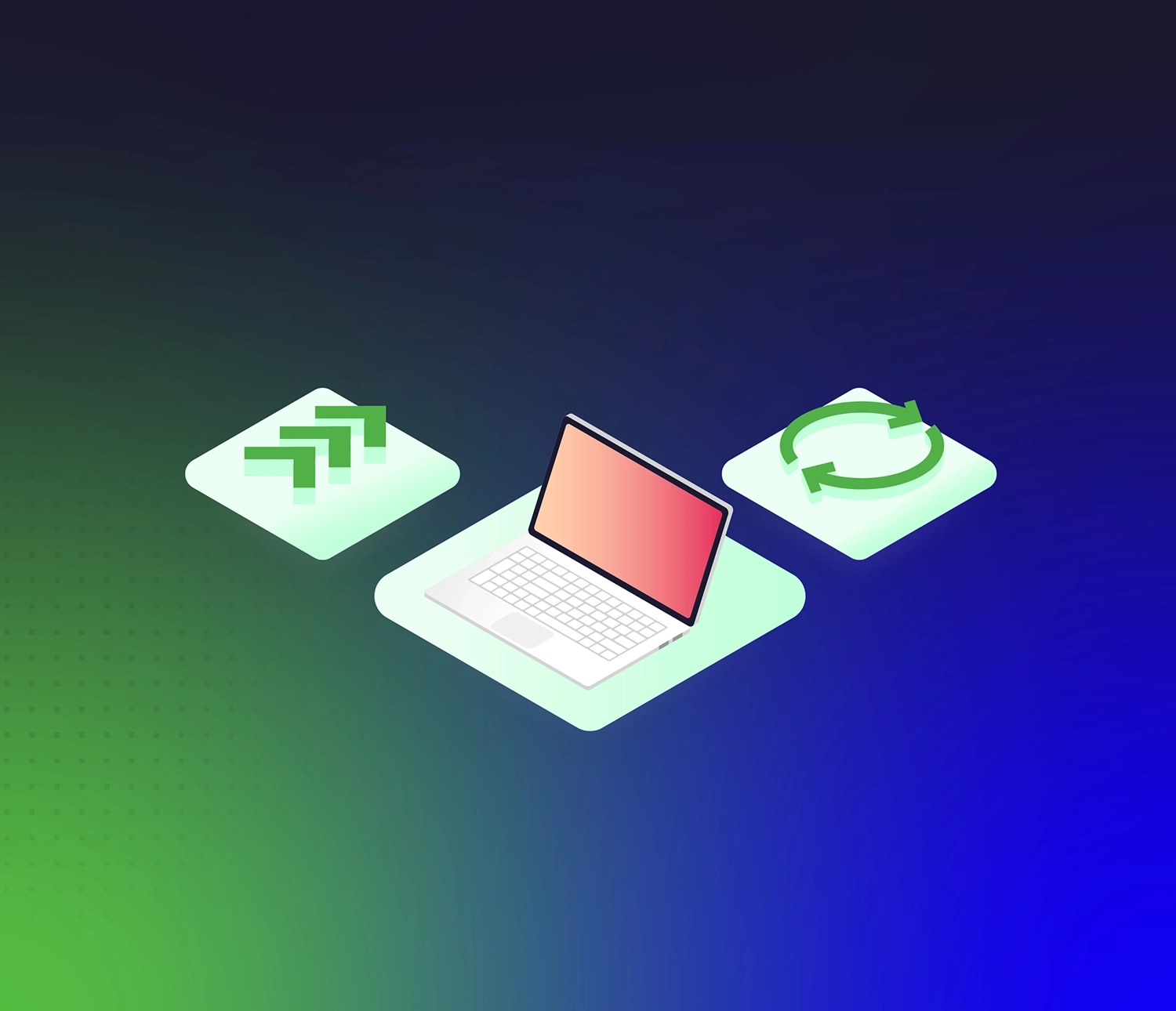Secure your data science environment in Azure: 6 unmissable tools!
Ever considered what could happen when your data science environment is not correctly secured? Think about it. What would happen if your data fell into the wrong hands?
From stealing your data and code to networking breaches and unauthorized access. Nowadays, hackers are truly relentless. As you might have guessed, securing your data science environment must be a top priority.
In this article, we explain how to secure your data science environment. Better safe than sorry!
Reading time 4 minutes. Published: 06 December 2023 Latest update: 24 January 2024


